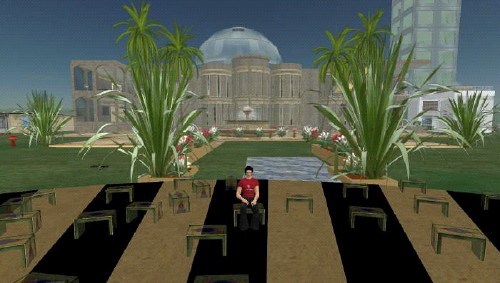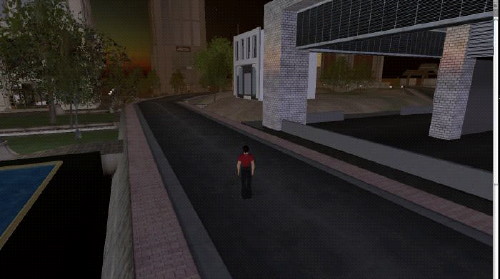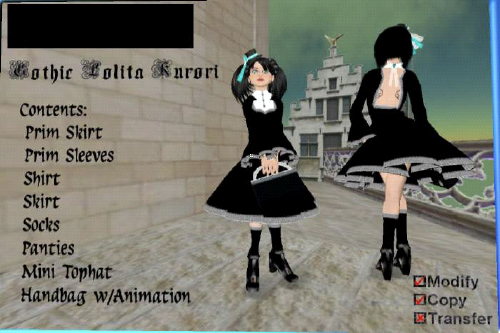Over the past 24 hours I’ve come across some great stuff being generated by Australians in Second Life, and the best thing is it’s not necessarily about money. There are two examples from the past day in particular that come to mind.
The first is directly related to the call by Rails Bailey for formation of an Artisan’s guild to provide assistance with building projects of varying sizes. If that idea turns out like some of the more informal networks I’ve seen across SL it’s likely to be a win-win: new users get expertise for very reasonable cost whilst the builders get increased experience and exposure to a wider community of users.

The second is not something I’m able to disclose in full, but there’s an Australian SL user doing some really great work that will benefit the Australian SL community and we’re looking forward to covering the developments as they occur.






Recent Comments